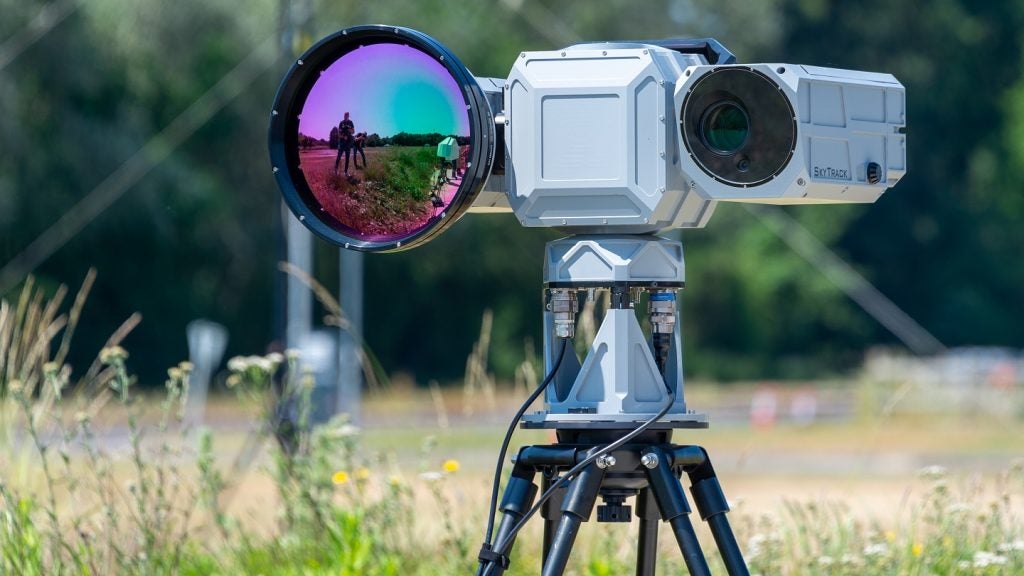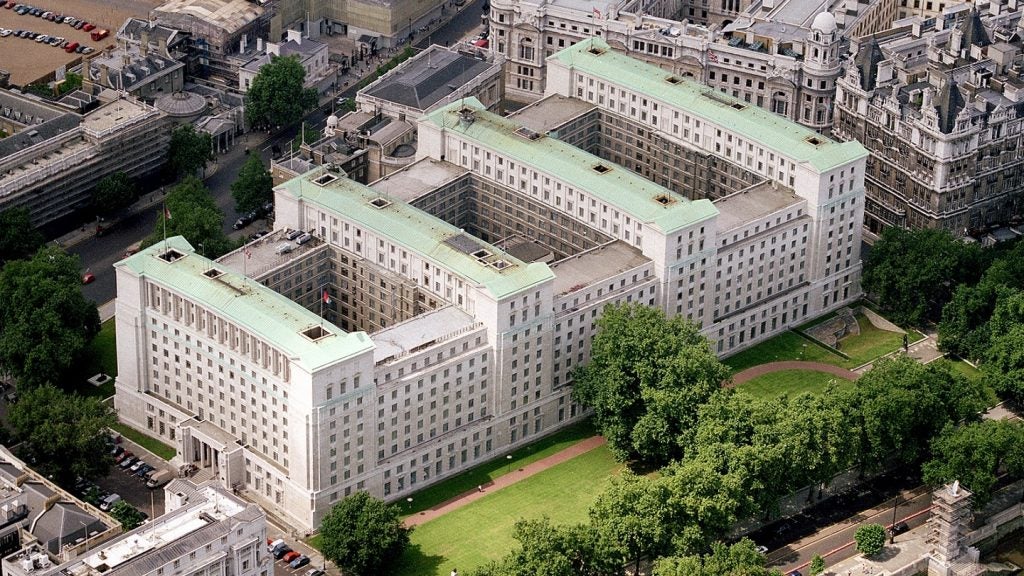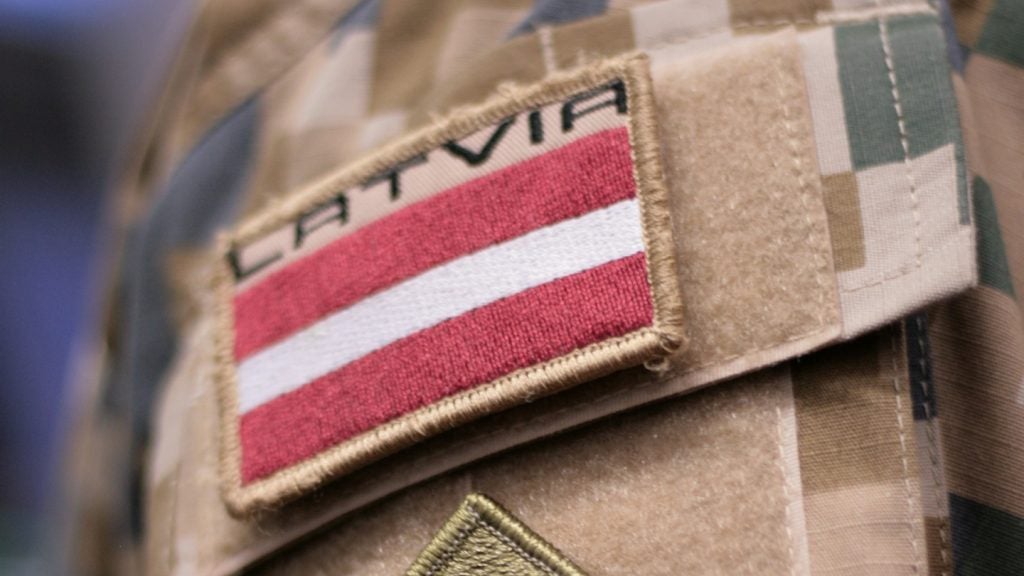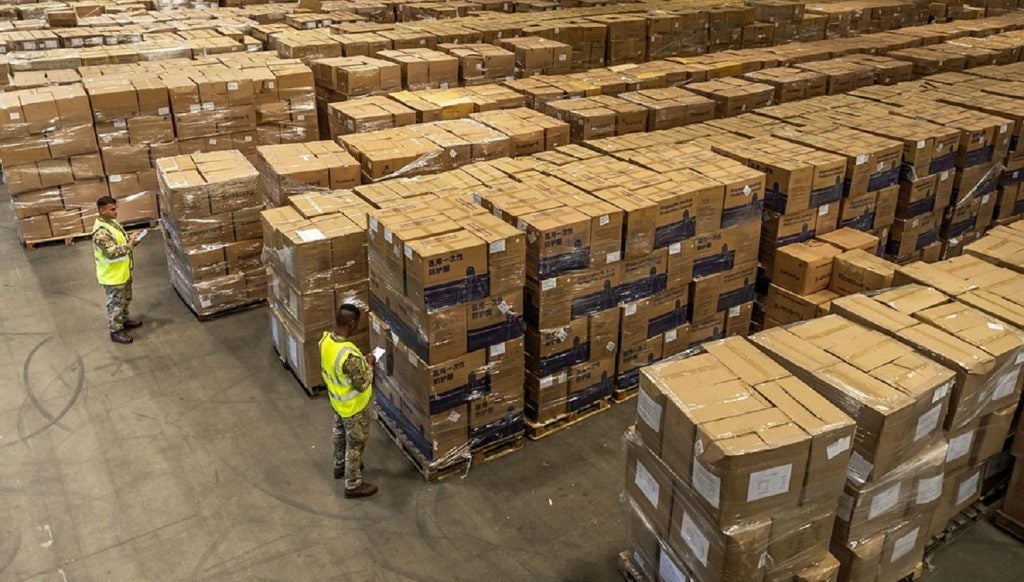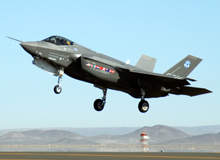
It has been a tough year for the defence and aerospace industries. Few companies escaped the wrath of the recession that gripped, and in some places still grips, nations around the world. With public purse strings pulled tight, government-funded projects came under closer scrutiny, along with delivery times and technological promises.
One company seems to have escaped relatively unscathed, however, and could be poised for a good year. As the second-largest defence company working with the European market, BAE Systems is always making news, not only good. Formed in 1999 the UK-based company was the result of a merger between Marconi Electronic Systems, the shipbuilding and defence electronics arm of General Electric Company and naval, aircraft and munitions company British Aerospace, the company from which it took its name.
Today it is involved in many projects worldwide, including the F-35 Lightning II, the Eurofighter Typhoon, the Queen Elizabeth class aircraft carriers and more. In recent years the company has developed a diverse asset portfolio and a sizeable presence in the US defence market, where more than 50% of its revenue comes from today.
With such a wide geographical reach, and the fact it deals with so many industry sectors, it is amazing that BAE Systems has managed to weather the economic storm. Here we try to uncover the company's secret and examine what remains to be done to ensure 2010 is as successful as 2009.
Growing through acquisition
See Also:
Despite continuing to make acquisitions throughout 2008, BAE has managed to maintain a relatively stable capital structure while improving its business diversification. The capital structure has also created an expectation that BAE is likely to maintain its current financial status. The company grew its revenue by 16.5% to £16.7bn in 2008, chiefly as a result of the full-year contribution from its mid-2007 acquisition of Armor Holdings Inc, but also due to a number of more recent acquisitions.
How well do you really know your competitors?
Access the most comprehensive Company Profiles on the market, powered by GlobalData. Save hours of research. Gain competitive edge.

Thank you!
Your download email will arrive shortly
Not ready to buy yet? Download a free sample
We are confident about the unique quality of our Company Profiles. However, we want you to make the most beneficial decision for your business, so we offer a free sample that you can download by submitting the below form
By GlobalDataIts EBITDAR margin improved to 13.7% from 11.4% in 2007, driven by strong demand for products and services at most of its divisions. Funds from operations (FFO) also rose to £1.5bn, compared with £1.3bn in 2007, although free cash flow (FCF) declined to £910m from £1.8bn as a result of a smaller working capital positive effect, a higher tax payment and increased capital expenditure.
BAE made three mid-sized acquisitions in 2008 for a total cash outlay of approximately £1.1bn. While the contribution from these businesses in 2008 was not significant – a combined revenue and reported EBITA of £283m and £2m respectively – analysts now expect the acquired companies to generate earnings margins broadly in line with their respective divisions from 2009 onwards.
The key drivers that will determine BAE's fate, at least in the near-term, include the maintenance of present financial metrics (such as the EBITDAR margin), lease-adjusted leverage and cash flow generation. While mergers and acquisition activity in 2008-9 was funded by the group's cash reserves, it did not lead to a material deterioration in leverage.
The importance of orders
BAE's positive future, however, will be reliant on the company maintaining its prime contracting capability and substantial order book.
BAE's H109 results were broadly within expectations, with revenue growth of 28% driven chiefly by the full-period contribution of businesses acquired throughout 2008 as well as strong revenue growth in the programmes and support division. The underlying EBITA margin fell to 9.8%, from 10.5% in H108, as a result of certain one-off factors and margin pressures in the international division. Operating cash flow improved in H109 (£142m versus £559m in H108) as a result of a significantly lower than usual (seasonal) working capital outflow.
A closer look at the company's current financial situation shows its liquidity position is strong. At end the end of H109 BAE had £3bn in cash and cash equivalents, while short-term financial debt was less than £130m.
Maturing bonds over the coming two years (approximately £1.5bn) are expected to be partly repaid out of internally generated cash and partly refinanced, which most analysts do not expect to be challenging for the company. Annual free cash flow generation is expected to remain above £500m in the short to medium term and liquidity is supported by a £1.5bn revolving credit facility that matures in 2012.
BAE Systems is likely to see expansion in key geographical areas in the defence industry such as the US and Middle East. These will also support the company's positive growth curves.
BAE has already agreed to buy out VT Group from its naval joint venture, BVT Surface Fleet Limited. The transaction is expected to close soon, resulting in a £228m net cash outlay for BAE.
It is not all smooth sailing for this defence major, however. The UK Serious Fraud Office announced it will seek to prosecute BAE over alleged corrupt practices in various jurisdictions. As the case could take years to be resolved and the outcome is far from certain, there will be no immediate impact. Nevertheless, adverse developments in the case could have a serious impact on the future of the company.
BAE and competitors
So how does BAE Systems stack up beside the rest of the market in 2010? Declining cash generation may be expected in the coming year – a result of tighter industry trading conditions – but the liquidity of the major aerospace and defence (A&D) companies in Europe is expected to remain healthy in the next 12 months and be more than sufficient to offset companies' short-term debt obligations.
The liquidity of the European A&D sector has, to date, not been materially affected by the economic downturn and continues to reflect generally strong balance sheets, solid free cash flow generation and unfettered access to capital markets.
While A&D market conditions, particularly in the commercial aerospace segment, will probably see free cash flow generation being pressured over the coming year, European A&D companies are unlikely to experience difficulties funding debt requirements in the short term as they are still viewed relatively positively by investors. Major European A&D companies in the EMEA region have healthy liquidity profiles, underpinned by positive free cash flow generation (calculated as operating cash flow after capex and dividends), large cash balances, and ample committed bank lines and access to capital markets.
In contrast to many other industrial sectors, the deterioration in liquidity at European A&D companies has been limited. This has been the result of the relative insularity of the defence industry to economic cycles (defence budgets in most countries tend not to be volatile in the short term), the late-cycle nature of commercial aerospace, which means cash flows have not been severely affected by the economic downturn (as at end-H109), and conservative financial management at most companies, which has seen a material build-up of cash in the past three years.
One of the major factors underpinning the strong liquidity assessment of the sector is the uninterrupted access to debt capital markets demonstrated by companies in 2009. Since the start of the year all five of the largest players have raised new debt in various currencies in the market, totalling more than EUR7bn. This is unlikely to cease in the short term as companies continue to take advantage of favourable market conditions and re-finance medium-term debt early or improve their liquidity positions.
Increasing pressure is being felt inside the bigger A&D companies in Europe, and they are all addressing the challenging operating environment's impact on margins and cashflow. However, the extent of the deterioration has been relatively mild when compared with other industrial sectors, and is indicative of the generally favourable industry conditions that underpin the stable outlook for the A&D sector. Extensive order backlogs and strong balance sheets have helped most of the largest companies in the sector.
First half 2009 results for the five major European A&D companies showed that, despite a slight organic growth in revenue, most companies saw their EBITDA margins and funds from operations (FFO) decline relative to H108 due to more challenging demand dynamics, especially in the commercial segments. The five companies are BAE Systems plc, Rolls-Royce plc, Thales SA, EADS NV and Finmeccanica SpA.
The recession
The recession is beginning to have an effect on aerospace and defence companies, which is traditionally a late-cycle sector. However, the extent of the decline in margins and cash generation has been relatively minor and underlines the low cyclicality of defence segments and the strength of the five large companies.
While revenue rose by an average of 18% at the five companies in H109 over H108, a large portion of that increase was attributable to acquisitions by Finmeccanica and BAE Systems. Average organic revenue growth was around the low-single-digit mark. The average EBITDA margin declined to 9.3% from 10.9% in H108 because the companies, with the exception of Finmeccanica, saw margins shrink as a result of the tougher operating environment, currency headwinds and cost pressures.
Thales saw its margins decline the most of the five companies, to 3.7% in H109 from 9.1% in H108, on the back of a downturn in its commercial activities and programme issues.
Finmeccanica saw margins increase as it benefitted from the contribution of the newly-acquired defence electronics business of US-based DRS Technologies and prior restructuring measures at its non-core divisions.
Partly as a result of lower earnings and FFO levels, the ratios of earnings and cash flow to debt have also deteriorated among the five companies. Average gross debt to annualised EBITDA at H109 was at 1.9x from 1.3x at H108, while average FFO to gross debt was 43% compared with 72% in H108, with Thales achieving the largest declines in both ratios. However, as a result of their significant cash piles, most companies retain very moderate net leverage levels.
It is reasonable to expect that challenging market conditions will endure for the next six to 12 months. There may be a continuation of a slight deterioration in margins and cash generation into 2010. Companies more heavily exposed to the commercial sectors such as EADS may experience a more severe worsening of their financial profiles in 2010 if the recession in the airline industry turns out to be deeper and longer than that seen in the rest of the global economy.
However, given that most companies have already achieved financial profiles in line with objectives and possess low leverage positions, most analysts do not foresee a worsening of financial profiles to a degree that might warrant a re-evaluation of the sector's outlook.



